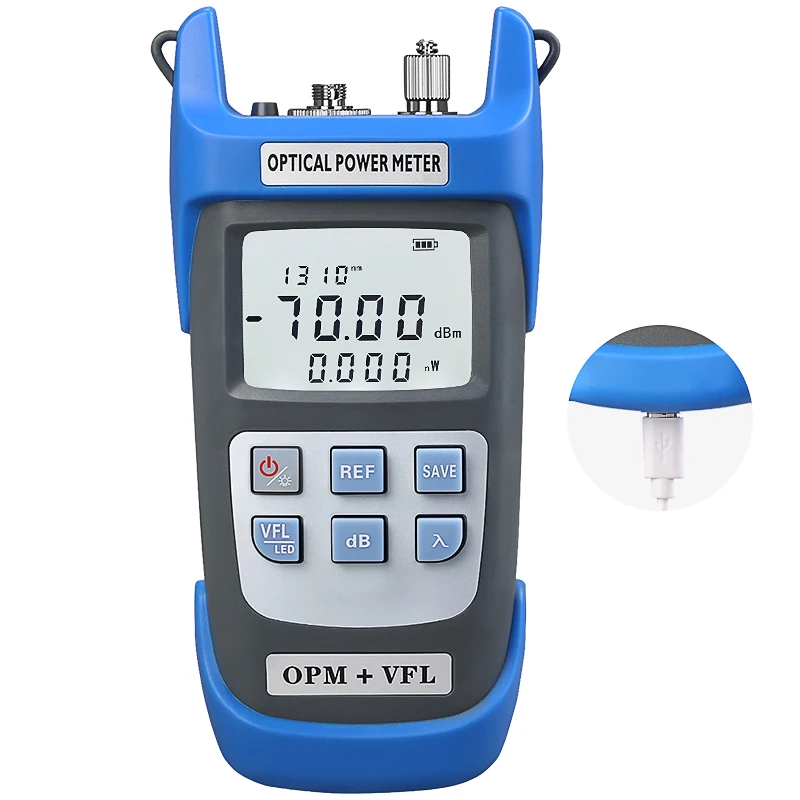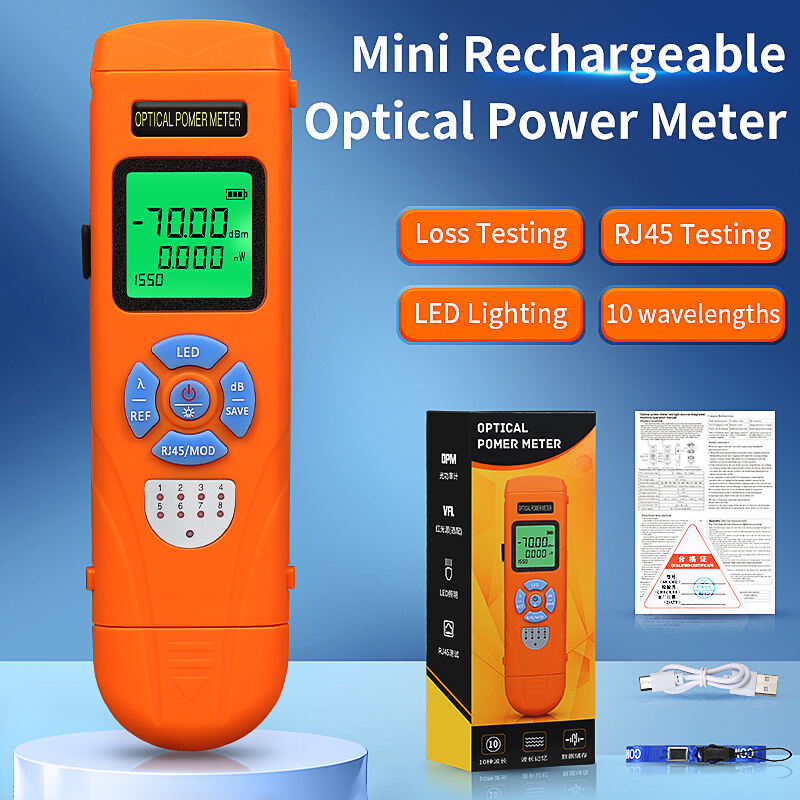An optical power meter serves as a crucial instrument in fiber optic networks, enabling technicians and engineers to measure optical signal strength with precision. Understanding how to effectively utilize this essential tool can significantly impact network performance and troubleshooting efficiency. This comprehensive guide explores professional techniques and expert insights for maximizing the potential of your optical power meter in various applications.

Understanding Optical Power Meter Fundamentals
Basic Operating Principles
The optical power meter functions by converting light energy into electrical signals through specialized photodetectors. These devices measure power levels in decibels relative to one milliwatt (dBm) or watts (W), providing essential data about signal strength and loss in fiber optic systems. Modern instruments like the optical power meter combine precision with user-friendly features for enhanced measurement accuracy.
Key Components and Features
Essential components include the detector window, wavelength selection controls, and digital display. Advanced models incorporate features like data storage, multiple wavelength testing capabilities, and USB connectivity for data transfer. Understanding these elements ensures optimal utilization of the instrument's capabilities.
Professional Measurement Techniques
Calibration and Preparation
Proper calibration is crucial for accurate measurements. Begin by cleaning the detector window and fiber connectors using appropriate cleaning materials. Set the correct wavelength matching your light source, typically 850nm, 1300nm, or 1550nm for common applications. Regular zero-level adjustment ensures baseline accuracy.
Advanced Measurement Methods
Professional technicians employ systematic approaches when using an optical power meter. This includes taking multiple readings at different points, accounting for environmental factors, and maintaining detailed measurement logs. Temperature variations and mechanical stress can affect readings, necessitating compensatory techniques.
Troubleshooting and Maintenance
Common Issues and Solutions
Regular maintenance prevents measurement inaccuracies. Clean connectors before each use, store the instrument properly, and perform periodic calibration checks. When encountering erratic readings, verify wavelength settings and inspect for physical damage to connectors or the detector window.
Preventive Maintenance Strategies
Implementing a regular maintenance schedule extends equipment life and ensures measurement reliability. This includes monthly calibration verification, proper storage in a dust-free environment, and regular software updates for digital models. Document all maintenance activities for quality assurance purposes.
Advanced Applications and Best Practices
Network Testing Protocols
Professional testing protocols involve systematic measurement procedures across network segments. Document baseline measurements during installation for future reference. Implement standardized testing sequences for consistency across different technicians and locations.
Documentation and Reporting
Maintain detailed records of all measurements, including date, time, location, and environmental conditions. Modern optical power meters often feature data logging capabilities, facilitating comprehensive reporting and trend analysis over time.
FAQ
Calibration Frequency Requirements
Professional optical power meters should undergo calibration every 12 months under normal usage conditions. However, frequent use or harsh environmental exposure may necessitate more regular calibration intervals, typically every 6 months.
Accuracy Specifications
Most professional-grade optical power meters offer accuracy within ±0.2dB under optimal conditions. This accuracy level requires proper maintenance, regular calibration, and adherence to manufacturer-specified operating conditions.
Temperature Effects on Measurements
Temperature fluctuations can significantly impact measurement accuracy. For optimal results, allow the instrument to acclimate to ambient temperature for 15-20 minutes before taking critical measurements. Most modern optical power meters include temperature compensation features.







